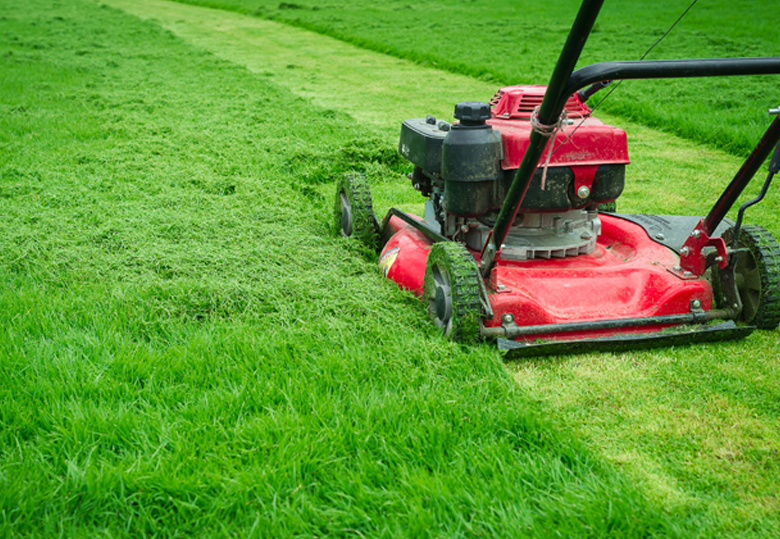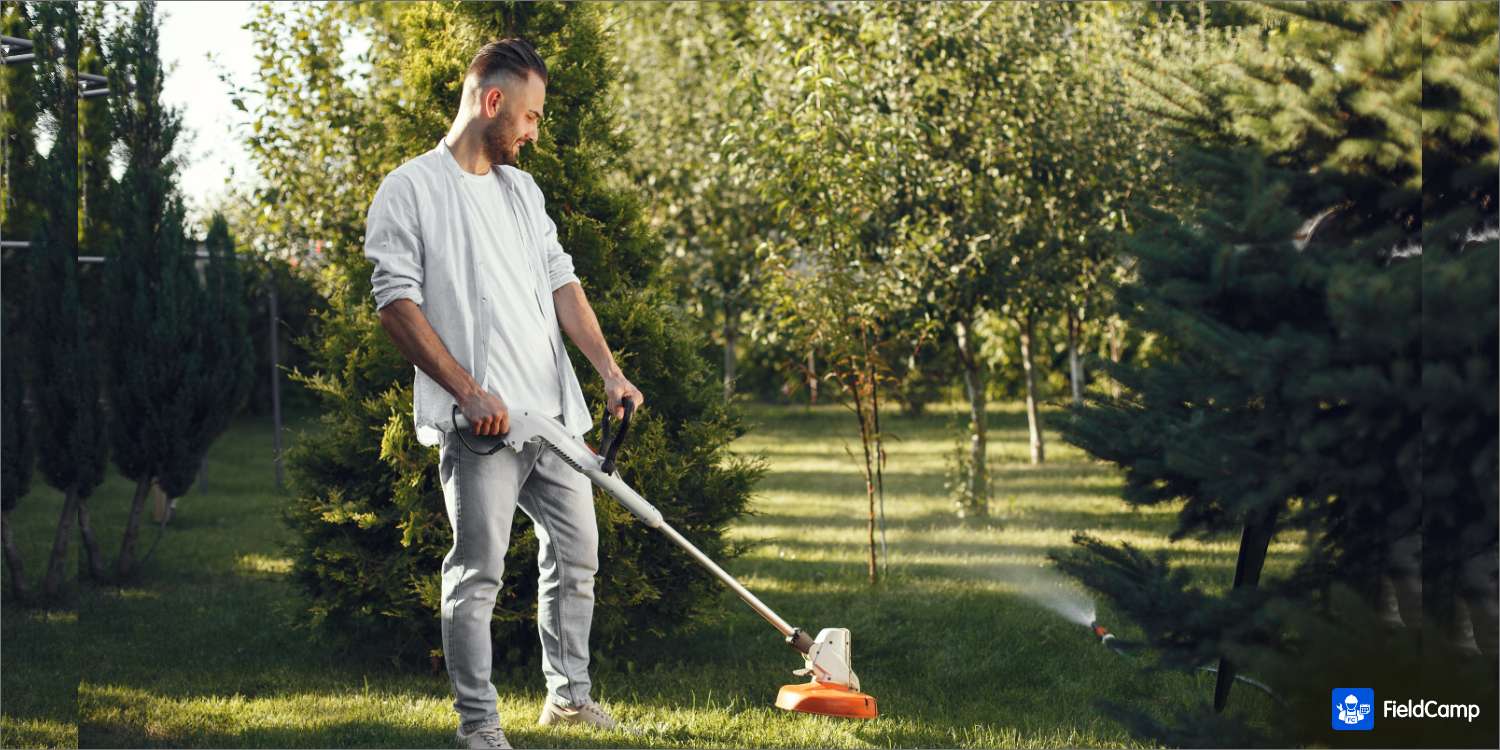Landscaping San Marcos: Enhance Your Residential property's Curb Allure Today!
Landscaping San Marcos: Enhance Your Residential property's Curb Allure Today!
Blog Article
Professional Landscaping Providers for Sustainable Exterior Change
Enhancing outside areas through expert landscaping services can provide more than simply aesthetic appeal; it can grow a sustainable atmosphere that profits both residential or commercial property proprietors and the planet. From selecting indigenous plants to carrying out water conservation strategies and making use of environmentally friendly hardscape solutions, the possibilities for sustainable outside change are substantial. By recognizing the importance of upkeep practices that support sustainability, specialist landscaping companies can truly make a long-term effect on the outdoor rooms they service.
Advantages of Sustainable Landscape Design
Sustainable landscape design provides many environmental and economic benefits for both homeowner and the neighborhood. By carrying out lasting practices such as xeriscaping, making use of indigenous plants, and decreasing water use, homeowner can substantially reduce their ecological influence. These techniques not only conserve water yet likewise advertise biodiversity and reduce the demand for damaging chemicals and fertilizers.

From a neighborhood perspective, lasting landscaping plays an important function in enhancing air and water top quality, reducing metropolitan warmth island results, and supplying environments for neighborhood wild animals. These benefits add to developing healthier and a lot more lasting environments for every person to appreciate.
Native Plants Option and Style
When intending a landscape design, selecting indigenous plants is vital for optimizing sustainability and environment health and wellness. Native plants are adapted to the regional climate, dirt problems, and bugs, making them low-maintenance and much more resilient to flourish in their natural atmosphere. Including native plants into landscaping designs not just improves biodiversity yet also supports pollinators, beneficial pests, and local wildlife.
Creating with indigenous plants involves careful consideration of factors such as plant size, growth practice, bloom time, and water needs to create a sustainable and aesthetically appealing landscape. By picking a diverse option of native plants, landscape designers can produce balanced communities that draw in a range of species and add to the overall wellness of the environment.
Additionally, indigenous plants can help in reducing water usage, decrease the demand for chemical pesticides and plant foods, and improve soil top quality via their all-natural processes. With proper option and style, native plants can change exterior spaces right into flourishing, lasting landscapes that profit both the atmosphere and the neighborhood.
Water Preservation Strategies
Incorporating indigenous plants right into landscaping designs not just enhances biodiversity yet also sustains pollinators, useful insects, and local wildlife, which underscores the significance of applying water preservation strategies in landscaping practices. Water preservation is critical for lasting outdoor rooms, especially in regions prone to dry spell or water deficiency. One effective method is using drip irrigation systems, which supply water directly to the plant's root area, minimizing dissipation and drainage. Mulching is an additional important practice that helps preserve dirt moisture, reduces weed growth, and enhances soil health.

Eco-Friendly Hardscape Solutions
The application of environmentally conscious products in hardscape style is a pivotal facet of creating lasting outside areas. Green go to website hardscape solutions include a series of methods intended at reducing ecological effect while enhancing the appearances and performance of outdoor locations. Incorporating materials browse around this web-site such as permeable pavers, redeemed wood, recycled plastics, and natural rock can significantly minimize the eco-friendly impact of hardscape installations.
Permeable pavers, for example, permit rainwater to seep into the ground, reducing runoff and preventing water air pollution. Redeemed wood adds a rustic beauty to outdoor home while advertising the reuse of existing resources. Recycled plastics can be transformed right into resilient and low-maintenance hardscape components, providing a lasting choice to traditional products. All-natural rock sourced from regional quarries decreases transport discharges and blends sympathetically with the surrounding atmosphere.
Maintenance Practices for Sustainability
To maintain the eco-friendly integrity of green hardscape solutions, implementing critical maintenance methods is important for guaranteeing long-term sustainability in exterior landscape design projects. Routine maintenance not only preserves the visual appeal of the landscape however additionally adds to its overall sustainability by lowering ecological influence.
One key maintenance method for sustainability is appropriate watering monitoring. Efficient sprinkling methods, such as drip watering systems or rain harvesting, assistance preserve water and advertise plant health and wellness. Furthermore, regular evaluation and adjustment of irrigation systems can stop water wastefulness and guarantee ideal hydration for plants.
Another crucial element of lasting upkeep is the liable use of chemicals and plant foods. Selecting organic fertilizers and using incorporated pest management approaches decreases dangerous chemical drainage right into the atmosphere, safeguarding both plant and ecological community balance.
In addition, routine cleaning and upkeep of hardscape features like permeable pavers or rock paths avoid particles build-up and keep functionality while sustaining water infiltration and drain, therefore reducing the risk of disintegration and flooding. Landscaping San Marcos. By sticking to these lasting maintenance practices, outside landscapes can thrive sympathetically while lessening their ecological impact
Conclusion
Finally, sustainable landscaping offers numerous benefits with using indigenous plants, water preservation methods, environment-friendly hardscape solutions, and sustainable maintenance techniques. By applying these strategies, exterior spaces can my company be transformed into environmentally-friendly and aesthetically pleasing locations that sustain biodiversity and lower environmental influence. Purchasing professional landscaping services that prioritize sustainability can result in long-lasting benefits for both the environment and property owners.
From choosing native plants to applying water preservation methods and using environment-friendly hardscape services, the opportunities for lasting outdoor transformation are huge. By applying sustainable practices such as xeriscaping, utilizing indigenous plants, and reducing water usage, building owners can dramatically minimize their environmental influence. Water conservation is important for lasting outside rooms, particularly in areas prone to dry spell or water shortage. By carrying out these water conservation methods, landscaping specialists can create stunning, sustainable exterior rooms that benefit both the neighborhood and the setting.
In conclusion, sustainable landscaping offers many benefits through the use of indigenous plants, water conservation strategies, environmentally friendly hardscape options, and sustainable upkeep practices.
Report this page